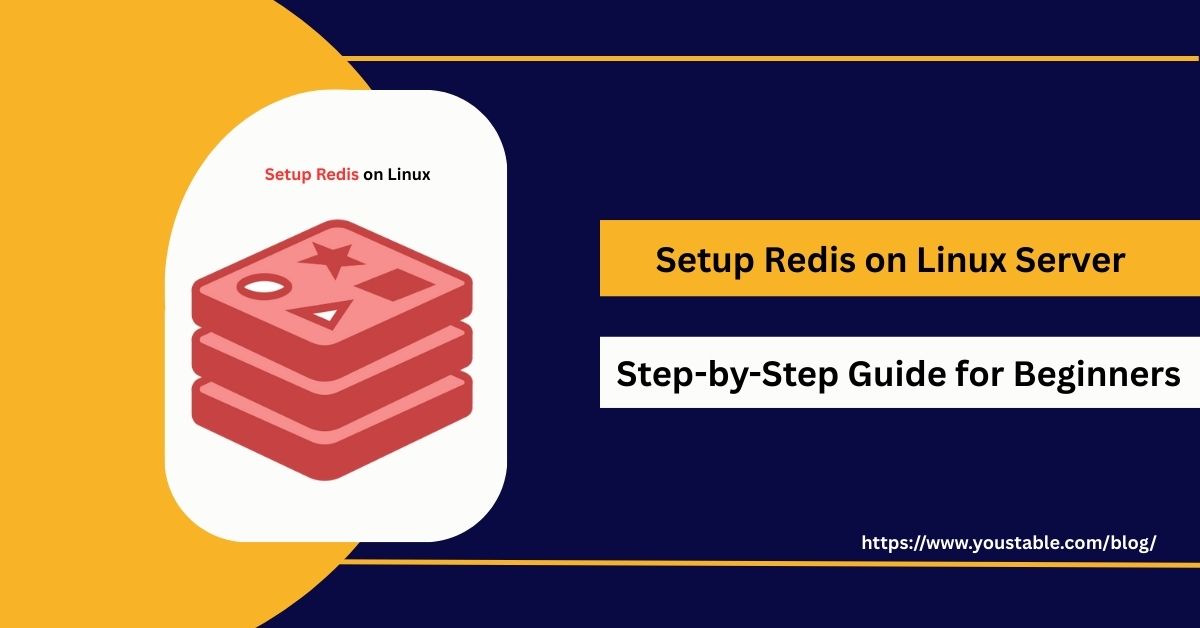LiteSpeed Web Server is a high-performance, lightweight, and secure web server designed to handle heavy traffic with low resource consumption. Learning to setup LiteSpeed on a Linux server is essential for website owners, developers, and system administrators who want faster load times, better security, and scalable hosting solutions.

In this article, we will guide you through installing LiteSpeed, configuring virtual hosts, optimizing performance, troubleshooting common issues, and implementing best practices to ensure a robust and reliable web hosting environment on Linux.
Prerequisites
Before installing LiteSpeed, ensure your Linux server meets the following requirements:
- Supported Linux distributions: CentOS, Ubuntu, Debian, Fedora
- User permissions: User with sudo privileges
- Web server requirements: Port 80 and 443 available
- Network access: Ability to download packages and LiteSpeed installer
Having these prerequisites ensures a smooth installation, proper configuration, and optimal performance of LiteSpeed on your Linux server.
Setup LiteSpeed on a Linux Server
Setting up LiteSpeed on a Linux server involves downloading the installer, running it to install the server, and verifying that the web server is running. Proper setup ensures high-performance web hosting with reduced resource usage, providing an efficient and scalable environment for websites.
- Download LiteSpeed Installer
Download the latest LiteSpeed installer:
wget https://www.litespeedtech.com/packages/5.0/lsws-5.4.12-ent-x86_64-linux.tar.gz- Extract and Run Installer
tar -zxvf lsws-5.4.12-ent-x86_64-linux.tar.gz
cd lsws-5.4.12
sudo ./install.shFollow the interactive prompts to complete installation.
- Starting LiteSpeed
Start the server:
sudo /usr/local/lsws/bin/lswsctrl startCheck status:
sudo /usr/local/lsws/bin/lswsctrl status- Access LiteSpeed Web Admin
Open your browser and go to:
http://your-server-ip:7080Login using the admin credentials created during installation.
Configuring LiteSpeed
Proper configuration of LiteSpeed ensures optimal performance, security, and compatibility with your web applications. This section explains configuring virtual hosts, SSL, PHP settings, and server tuning for an efficient and secure web hosting environment.
Configuring Virtual Hosts
- Access the Web Admin console at port 7080
- Navigate to Virtual Hosts > Add Virtual Host
- Set document root, domain, and PHP handler
Enabling SSL
- Obtain SSL certificates (Let’s Encrypt recommended)
- Enable HTTPS in Listener settings
- Apply SSL certificates to your virtual hosts
Configuring PHP
- Set the PHP version for each virtual host
- Adjust memory limits, execution time, and other PHP settings
Tuning Performance
- Enable caching and compression
- Optimize server settings for concurrency and resource limits
- Use LiteSpeed cache plugins for CMS like WordPress
Troubleshooting Common Issues
Even after proper setup, LiteSpeed may face issues such as service not starting, port conflicts, or configuration errors. Learning to fix LiteSpeed issues in Linux ensures that your web server remains stable, fast, and reliable for all hosted websites.
Common Issues and Fixes:
- Service Not Starting:
Check logs:
sudo tail -f /usr/local/lsws/logs/error.logEnsure no other service (Apache/Nginx) is using ports 80/443.
- Web Admin Not Accessible:
Confirm port 7080 is open in the firewall:
sudo ufw allow 7080- PHP Errors:
Check the PHP configuration and error logs under the Web Admin console.
- Performance Issues:
Enable caching, adjust PHP settings, and monitor server load using built-in LiteSpeed tools.
Best Practices for Managing LiteSpeed on Linux
Following best practices ensures LiteSpeed remains secure, fast, and reliable for hosting websites. Proper management helps reduce downtime, improve performance, and maintain server security.
Security Practices
- Enable SSL/TLS for all virtual hosts
- Regularly update LiteSpeed and PHP versions
- Restrict Web Admin access to trusted IPs
Performance Practices
- Enable caching and compression for static and dynamic content
- Optimize PHP settings and memory limits
- Monitor server load and tweak concurrency limits
Maintenance and Monitoring
- Regularly back up the LiteSpeed configuration and website files
- Monitor error logs and server metrics for anomalies
- Test configuration changes in a staging environment before production
Implementing these best practices ensures LiteSpeed provides reliable, high-performance web hosting.
Conclusion
Learning to setup LiteSpeed on a Linux server is essential for high-performance, secure, and scalable web hosting. By following this guide, you now know how to install LiteSpeed, configure virtual hosts and SSL, troubleshoot common issues, and implement best practices for server optimization. LiteSpeed offers a fast, lightweight, and reliable web server solution for Linux servers. For more, visit the Official LiteSpeed Documentation.



